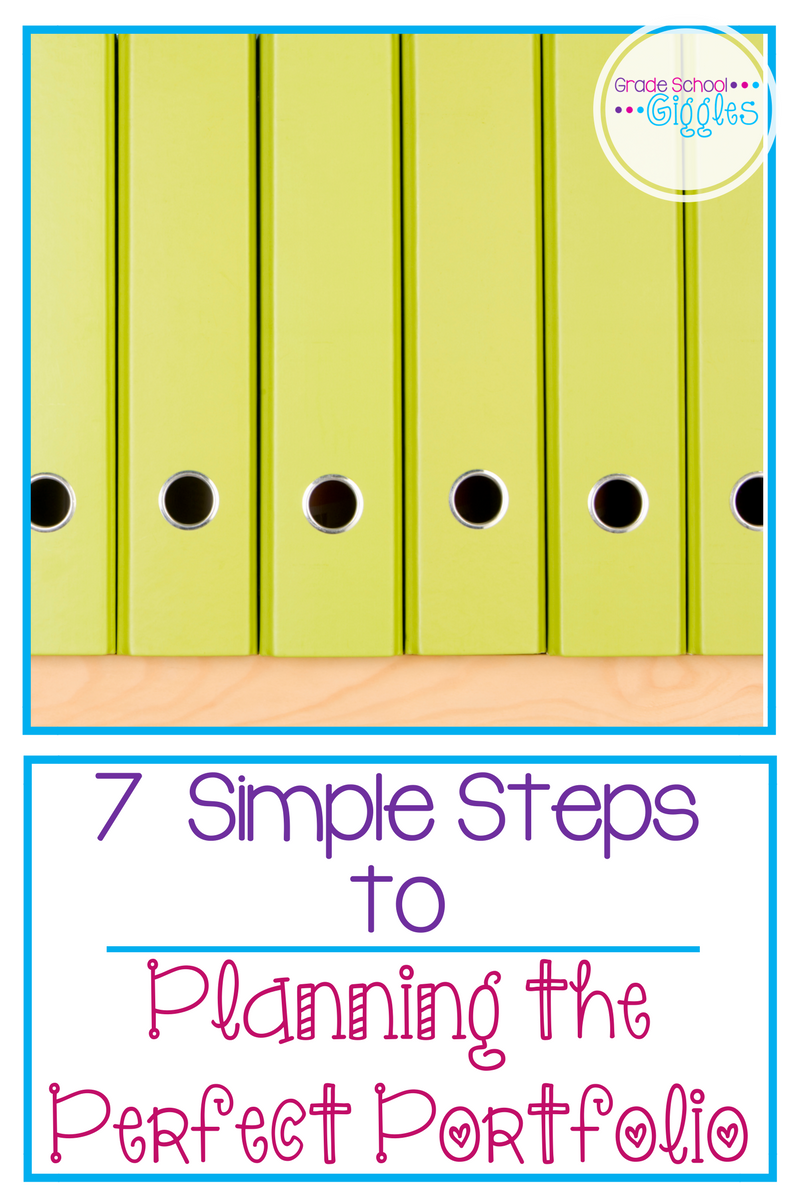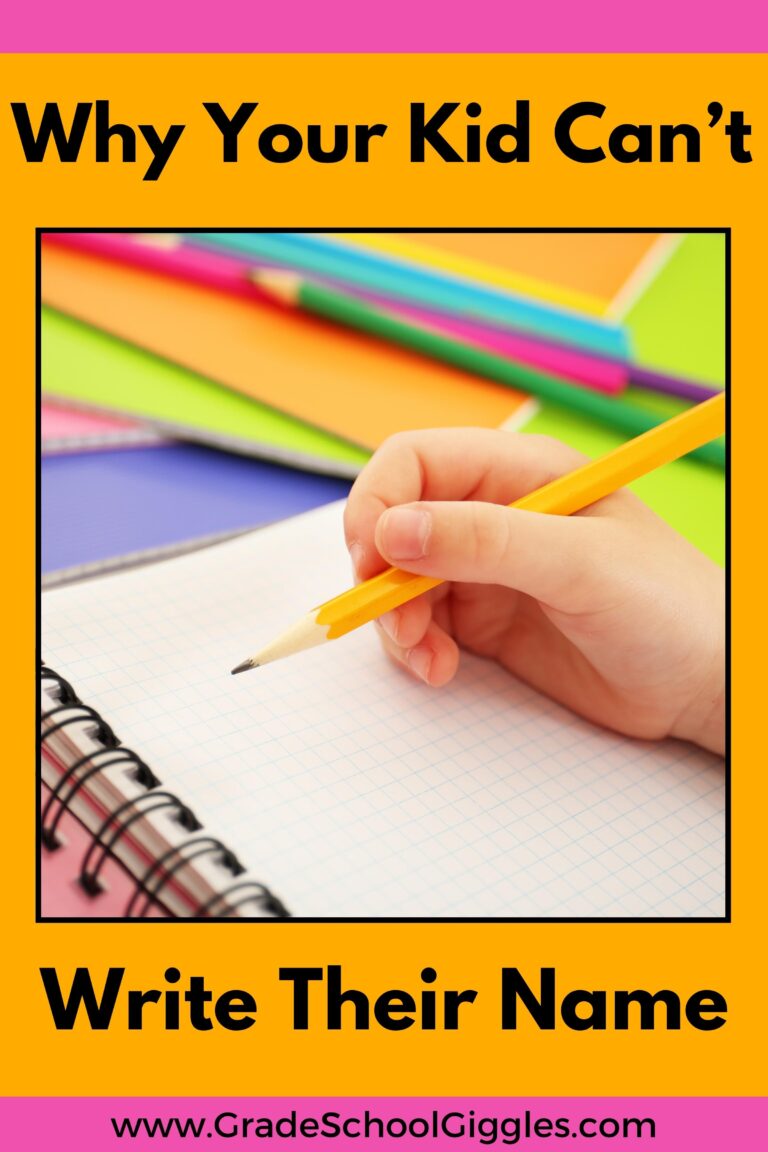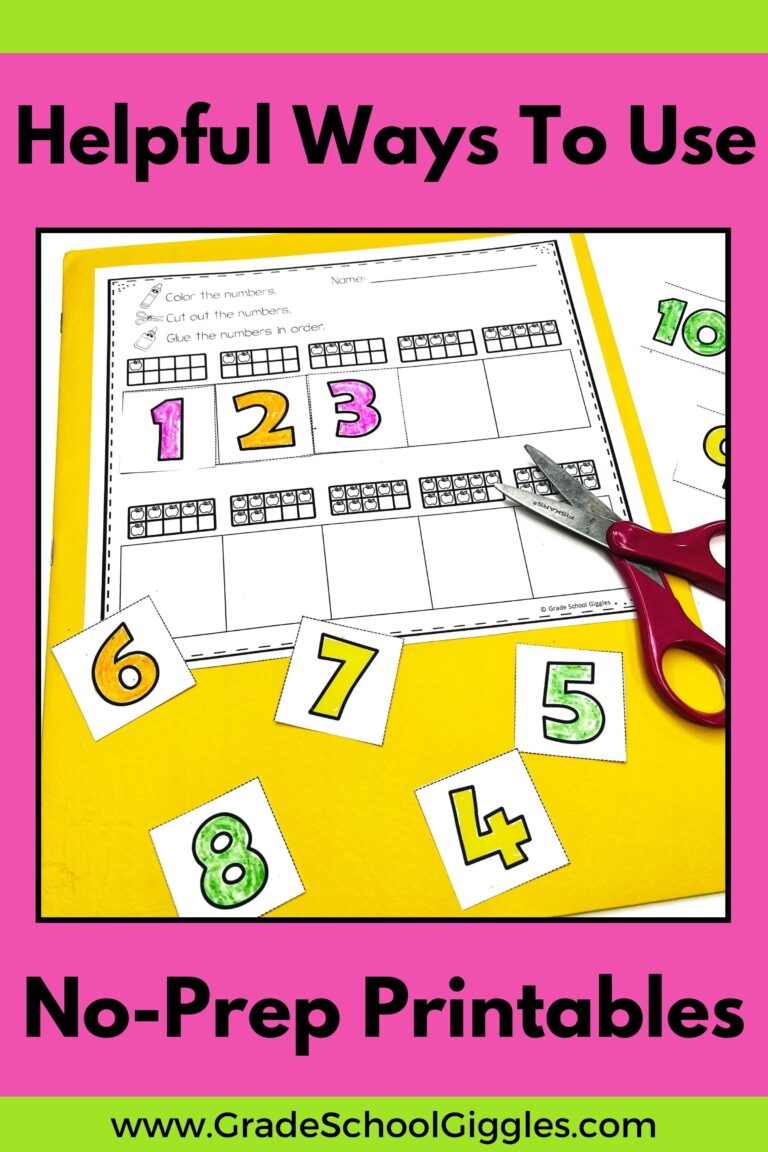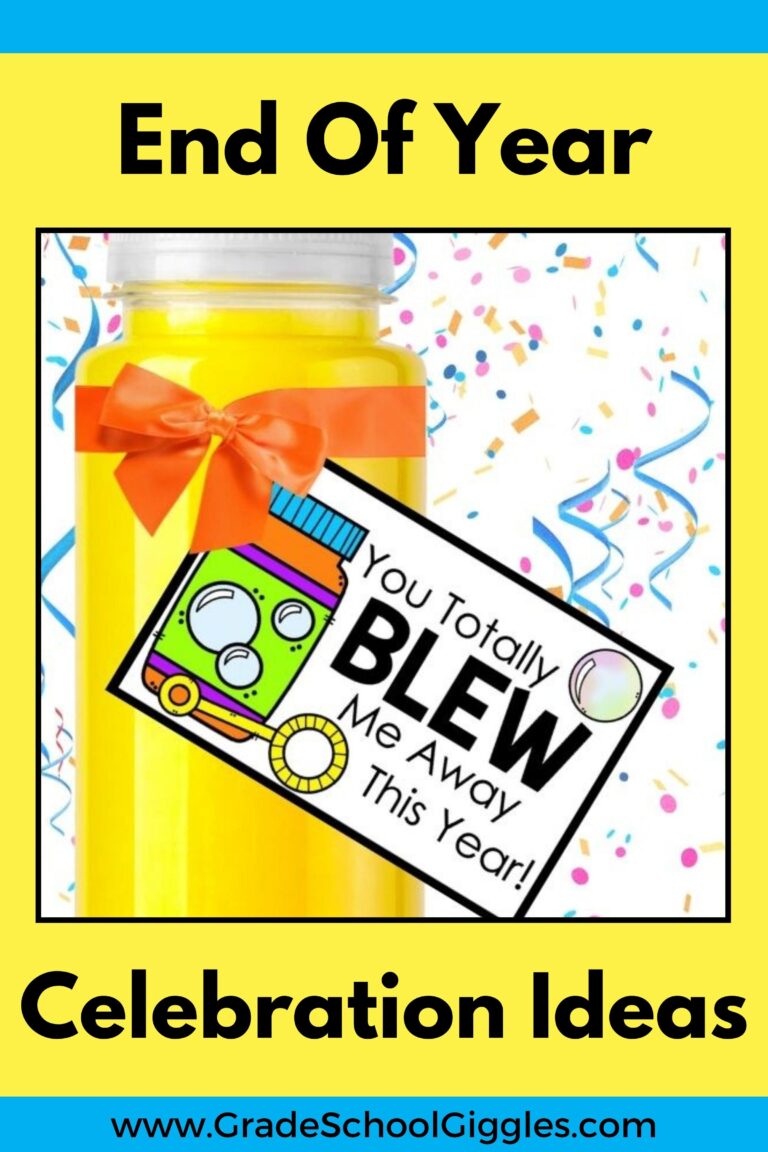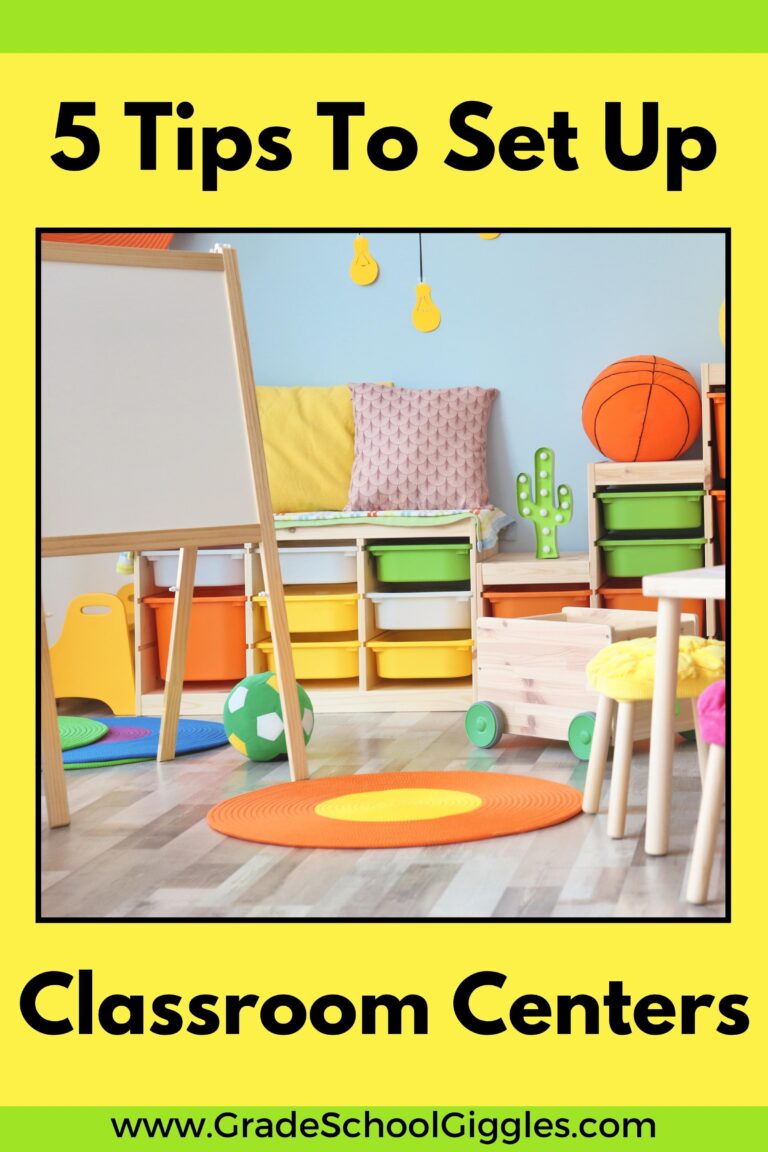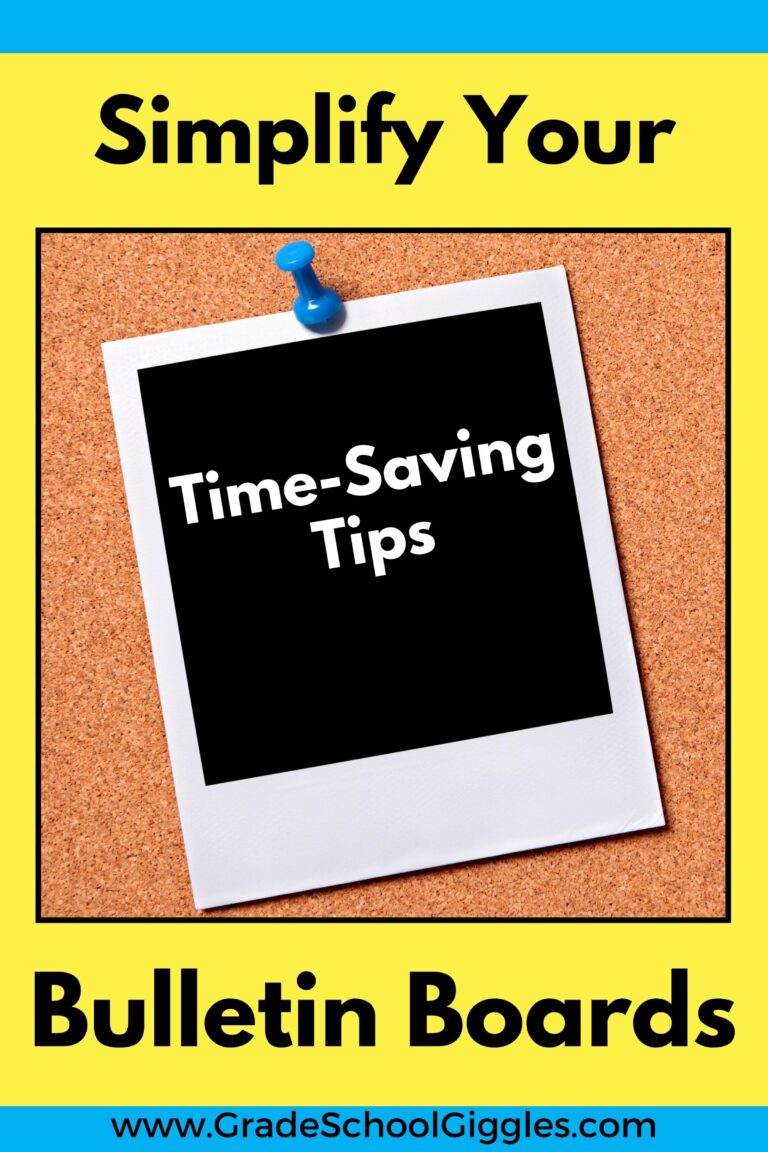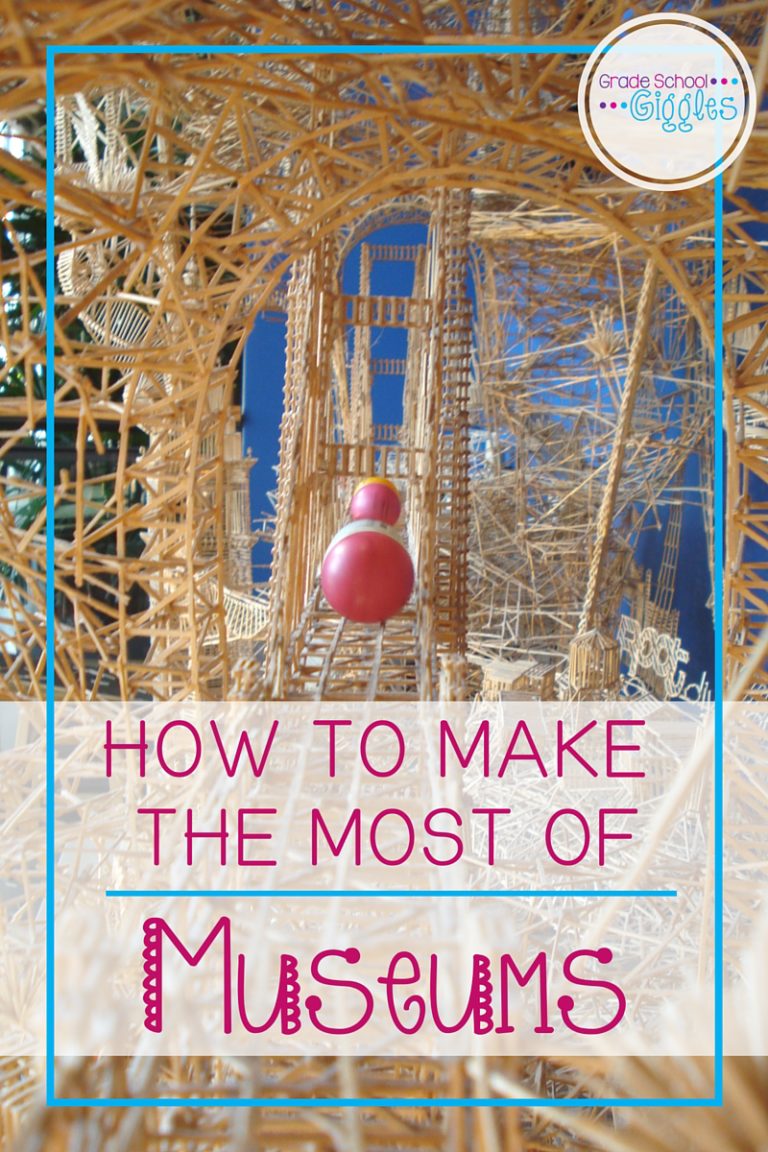7 Simple Steps to Planning the Perfect Portfolio
Portfolios…
File folders are crammed full of endless work samples. Unorganized stacks of papers are hidden away until an IEP meeting. Chaos…
When I first started teaching, I REALLY didn’t know how to set up a portfolio.
I randomly collected work samples, squirreling them away in case I needed them.
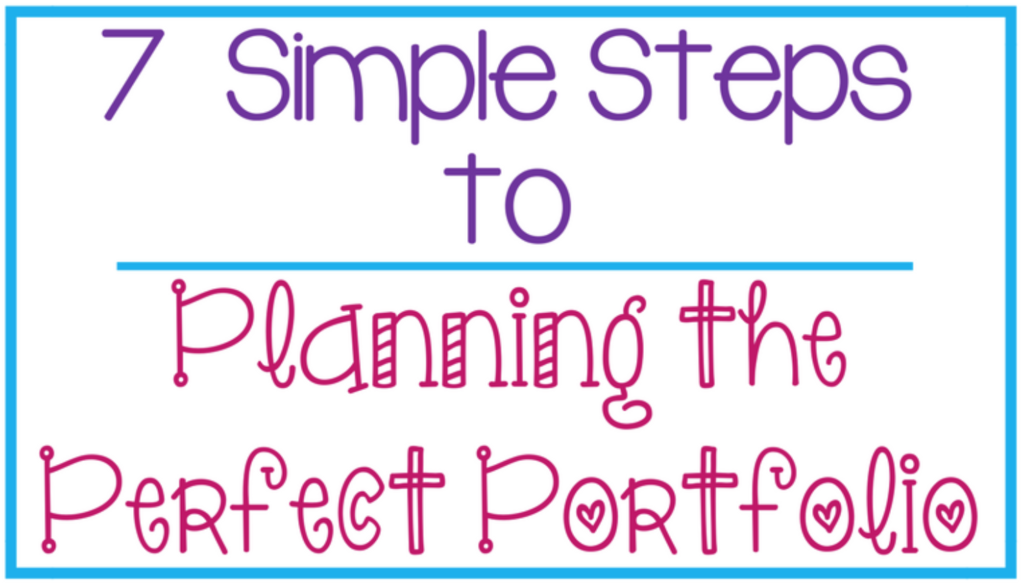
There was no clear organizational structure. My students certainly didn’t evaluate what work to include. In fact, my students were hardly aware that I was collecting work samples.
Maybe you’re better at this whole portfolio thing than I was. You probably are. It wouldn’t take much. But if you’re feeling even a little lost with the whole portfolio thing, I’ll share what I learned over the years.
Portfolios done right are not chaotic at all!
(#OrganizationForTheWin)
They’re organized, purposeful, and structured for success.
7 simple steps are all you need. You can plan a portfolio that’s perfectly manageable and easily maintained.

Knowing what you want to accomplish makes it a lot more likely you’ll reach your goal.
(#BePurposeDriven!)
Portfolios generally fall into one of two main purposes. They’re either supporting instruction or serving an administrative purpose.
Supporting Instruction:
- Portfolios can increase communication between students and teachers
- They drive students to engage in work worthy of sharing
- Portfolios can clarify the criteria for quality work
- They can help students engage in self-reflection
Administrative Purposes:
- Portfolios can provide a source of accountability reporting
- They can be an assessment of student learning
- Portfolios can serve as a tool for program evaluation
- They can be an archive of a student’s work across time

Rubrics are great for scoring portfolios. Of course, you don’t have to score them at all. The decision of whether to grade a portfolio depends on its purpose. Also, consider the age of your students and their role in putting the portfolio together.
A kindergarten teacher putting together a collection of their students’ artwork throughout the year to give parents at the end of the year probably shouldn’t grade it.
A fifth-grade teacher whose students create a portfolio to show their learning as part of a project-based unit might need to grade it.

Did you know there are two main types of portfolios? Portfolios can be process-oriented or product-oriented. You might also be looking for more of a data folder. (You can also combine elements of each type.)
Process-oriented portfolios focus on showing growth. They include:
- Goal setting
- Self-reflection
- Reflections on obstacles to learning
- Work from throughout the process
- Rough draft
Product-oriented portfolios focus on reflecting on quality accomplishments. They include:
- Finished products
- Best samples (often chosen through self-selection)
Data Folders are an assessment record. They help show what a student has mastered with the goal of informing instructional planning. They contain:
- Work samples
- Tests
- Informal assessment results

So, now that you know why you’re using developing a portfolio, whether you’re scoring it, and what kind of portfolio it will be. Next, decide how involved your students will be.
The level of involvement your students will have will vary by their age and by the purpose of the portfolio.
Consider these questions.
- What level of student involvement is required to meet the portfolio’s purpose?
- Who will decide what to include?
- Will your students set goals?
- Will self-reflection be included in the portfolio?
- Who will be responsible for putting the portfolios together?

Sure, portfolios can cover all subjects for the entire year. But they don’t have to. They can cover just one subject or even just one project.
It’s really up to you what you want to include, just remember your purpose and have a plan.

Storage can be a real challenge with portfolios, especially if you’re already short on space. Sometimes creating portfolios means keeping all of a student’s work until the student can self-select their best samples.
Sometimes creating portfolios means keeping all of a student’s work until the student can self-select their best samples. But, if you can have the student cull unnecessary samples at set points throughout the process, it will cut down on your storage requirements. It’s especially helpful if you are doing a year-long portfolio.
You’ll also want to think about student accessibility if you plan to have the student be regularly involved in maintaining the portfolios.
Some storage ideas include:
- Three-ring binders
- File folders in crates
- Display folders with prongs
- Page protectors connected with metal rings
Going digital is another option. (Not techy? Check out these tech tips for teachers.) Digital portfolios can include pictures of work samples, scanned work, digitally created work, video clips, and even audio recordings.
Some options for creating digital portfolios include:

Finally, portfolios are meant to be shared. They are a tool for communication.
They will be shared between the teacher and the student. Eventually, they will either go home with the student or be passed on to the next teacher. So, plan for that.
Portfolios can be a part of student-led conferences before being passed on to the next teacher. Or, maybe you will send them home as an end-of-year gift.
Portfolios can be a great tool. Portfolios are manageable. Having a plan in place will make it a manageable process that can be fun for teachers and students.

